Research Fields and Areas
Research Fields and Areas
SATREPS projects typically share the following characteristics:
- To envisage their outcomes being applied to the benefit of broader society as well as in the developing country
- To cover topics in developing countries for which research and development to resolve an issue is particularly necessary, and for which capacity building of researchers is required
- To contribute to the resolution of global issues and scientific and technological progress
* A project is not eligible if it consists merely of transfer of Japanese technology without entailing any joint research, or solely of surveys and other simple operations that do not make any contribution to the advancement of science and technology, or if it produces outcomes that can only be of benefit to one particular country.
-
❶Research contributing to the solution to global-scale environmental issues
(Research contributing to SDGs, such as averting the climate crisis, adaptations to the present impacts of climate change and those predicted in future, preservation of biodiversity and ecosystem services, sustainable use of natural resources, pollution prevention and control, biomass-derived resources, and circular economies)
❷Research contributing to the sustainable use of resources and energy with a view to achieving carbon neutrality
(Research contributing to SDGs concerning resources and energy, such as measures to restrict greenhouse gas emissions, renewable energy, energy conservation, decentralized energy systems, smart societies)
-
❸Research contributing to sustainable production and utilization of bioresources
(Contributing to SDGs - food security, healthy eating habits, and sustainable agriculture, forestry, and fisheries)
-
3. Disaster Prevention and Mitigation
❹Research contributing to disaster prevention and mitigation towards social sustainability
(Research contributing to the Sendai Framework for Disaster Risk Reduction and SDGs, from advance measures such as analysis of disaster mechanisms, building national resilience, strengthening social infrastructure, and appropriate land use planning, to reconstruction and recovery after a disaster has occurred and adaptations to disasters caused by climate change)
-
4. Infectious Diseases Control※
❺Research on measures to address infectious diseases control attuned to the needs of developing countries
※ SATREPS projects in the field of Infectious Diseases Control have been transferred toAMED - the Japan Agency for Medical Research and Development. (The transfer took place on April 1, 2015. Projects that terminated before that date were not transferred.)
1. Environment and Energy
Research Area ①
Research contributing to the solution to global-scale environmental issues
※ From FY2008. Research area: "Research contributing to adaptation to or mitigation of climate change" was incorporated into Global-scale Environmental Issues in FY2010.
This research area aims to resolve environmental and energy issues occurring on a global scale triggered by deterioration of ecosystems and biodiversity, increased pollution, concentration of urban population, increased production and consumption activities, and climate change.
-
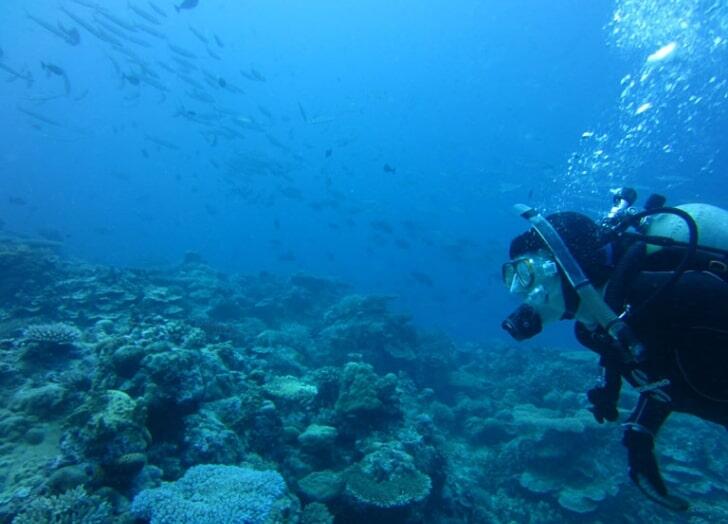
Underwater survey of Oceania coral reef biota
-
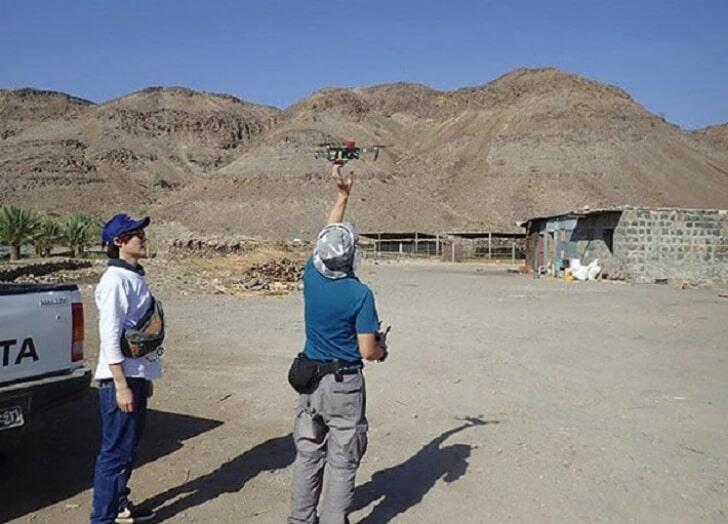
Monitoring crop growth using a drone with multispectral sensors at a progressive farm
-
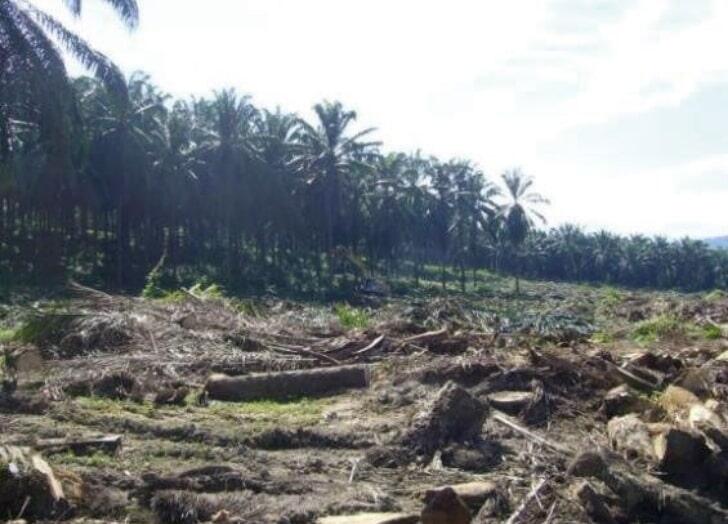
Oil palm trunks left on the ground are thought to have a negative effect on the soil environment, encouraging the spread of soil-borne pathogens.
-
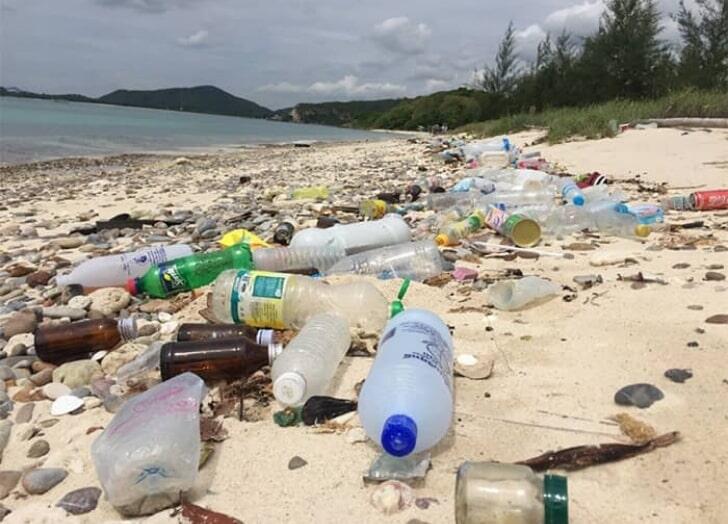
Marine plastic debris in Southeast Asia
Examples of eligible research projects
- Research on the observation, prediction, impact assessment, and adaptation to climate change
- Research that contributes to assessing and predicting the abundance of water resources and improving safe, sustainable water resource management, utilization, and treatment (including proposals to strengthen the capacity of water utilities and improve service quality, and research concerning the reconciliation of conflicting interests pertaining to water resources and how to build consensus)
- Research on establishing a material-cycle society (including collection and reuse of waste and useful resources)
- Research on the conservation and restoration of ecosystems and biodiversity on land and in the sea
- Research on urban environmental conservation (including greening) for the purpose of smart city construction, mitigation of environmental degradation as a result of urbanization, land use that contributes to climate change mitigation, and the construction and operation of urban plans
- Research on reconstruction and restoration of environments damaged by large-scale disasters(including the preservation of cultural heritage)
- Research on sustainable use of natural resources
- Research on chemical pollution, its risk reduction and remediation
※ Even if the research themes fall under the above categories, research themes relating to systems and key technologies for the achievement of carbon neutrality and climate change mitigation (including energy saving, renewable energy, and new forms of energy) fall into Research Area ②. In addition, those that match the purpose of the disaster prevention field will be classified as Research Area ④.
Research Area ②
Research contributing to the sustainable use of resources and energy with a view to achieving carbon neutrality
※ The research area known from FY2010 to FY2021 as "low-carbon societies" has been renamed "carbon neutrality" as of FY2022.
This research area consists of energy conservation, promotion of the utilization of renewable energies, and research and development of smart society; research outcomes can potentially be utilized to cut greenhouse gas emissions and realize a carbon neutral future.
-
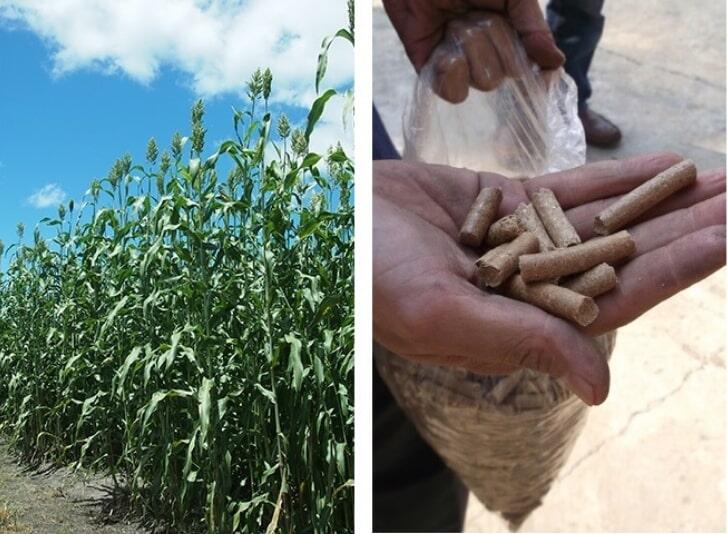
Sorghum bred for improved fuel properties to develop fuel pellets and particle boards of low-environmental impact type, and to revegetate tropical grass wasteland.
-
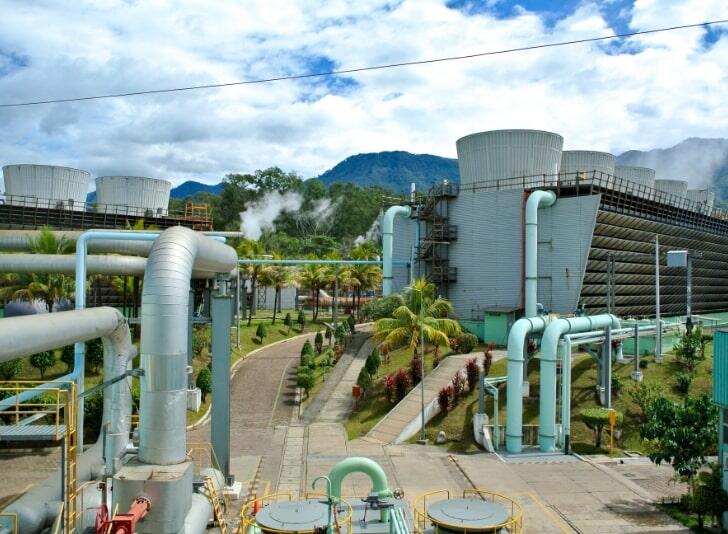
Geothermal Power Plant in El Salvador where is expected to promote the use of geothermal energy through application of efficient and inexpensive thermoluminescence for geothermal exploration
-

Traffic congestion in the mega-city increases global warming, environment, and health risks.
-
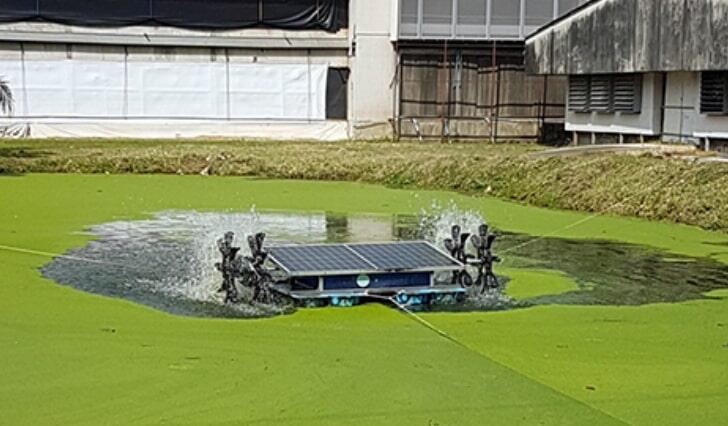
Low-cost duckweed biomass production in conjunction with a low-carbon water treatment system for polluted water and wastewater by water purifying function of duckweed
Examples of eligible research projects
- Research on the introduction and validation of policies such as carbon pricing and social systems contributing to green transformation (GX)
- Research on renewable energy, such as sunlight and solar heat, wind power, ocean energy, geothermal energy, and biomass
- Research promoting the use of renewable energy through the generation and utilization of carbon recycling, green hydrogen, blue hydrogen, ammonia, methane and other substances
- Research on energy conservation in industrial processes and elsewhere
- Research utilizing digital technologies to create sustainable, resource-recycling societies in forms such as smart cities, smart communities, smart agriculture, transport networks, and next-generation infrastructure
- Research related to carbon capture, utilization and storage (CCUS), and negative emission technologies such as BECCS, DAC, forest absorption, and weathering, etc.
- Research contributing to reducing greenhouse gas emissions from non-CO2, such as CH4, N2O, and HFCs
- Research contributing to sustainable aviation fuel (SAF), synthetic fuel for use in transportation machinery, and reducing greenhouse gas emissions in the transport sector field
- Research on the promotion of carbon neutrality through expansion of the application field of new materials, and the conversion to recycled materials, etc.
2. Bioresources
Research Area ③
Research contributing to sustainable production and utilization of bioresources
※From FY2009
Bioresources provide us with foods, medicines, animal feeds, textiles, energy, and much more, but sustainable production is threatened recently by problems such as desertification, salinization of agricultural land, pests, unstable temperatures, and unreliable rainfall. This research area concentrates on collaborative research that can point the way to sustainable means of production and utilization.
-
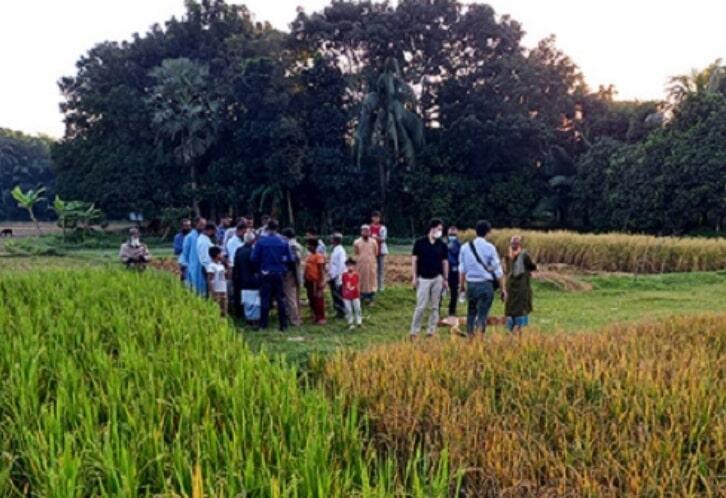
Interviewing farmers in an arsenic-contaminated area
-
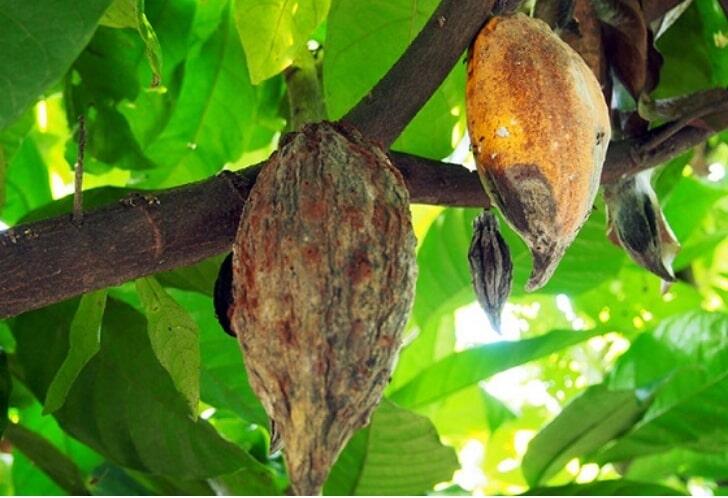
Development of new technological systems that control major diseases affecting cacao
-
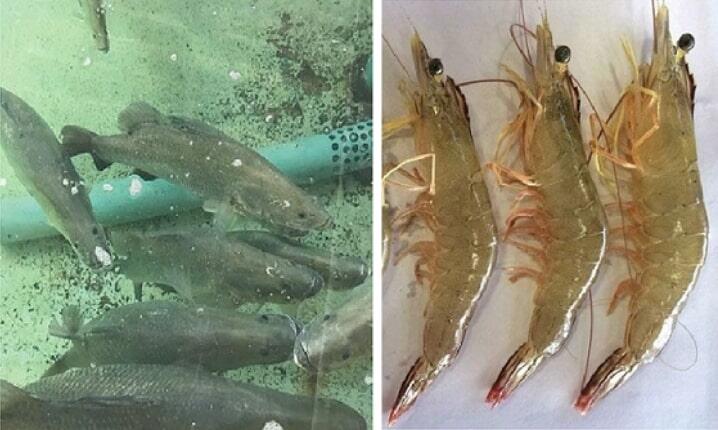
Technology development will be conducted to breed Asian sea bass and banana shrimp as natives to Southeast Asia
-
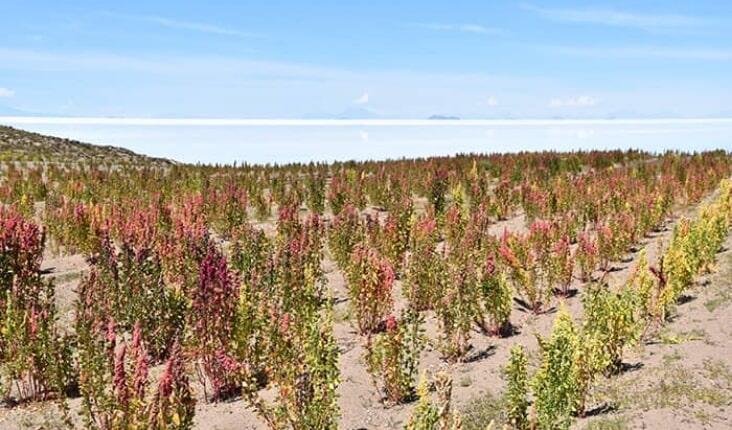
Quinoa being cultivated in the harsh environment facing the Uyuni Salt Flat
Examples of eligible research projects
- Research and development contributing to the sustainable production and utilization of bioresources (including resource management, breeding, cultivation, propagation and culturing technology for plant, animal, marine and microbial resources, production/distribution systems)
- Research contributing to the evaluation and effective utilization of unutilized resources and biological functions (including using biodiversity for discovery, identification, and production of valuable substances derived from biological resources (excluding for human drug development), and the development of recycling-oriented food production systems utilizing biological functions of insects and microbes, etc.)
- Research on improving the environmental settings for bioresources (including the prevention of damage to agricultural crops and livestock, and the creation and improvement of green infrastructure)
- Research contributing to mitigating the effects of climate change on the production of biological resources
- Research on production and utilization of new food resources (alternative protein foods (e.g.: proteins derived from plants and animal cells), and the environment for bioavailability
Projects focusing on the following topics should be under the field of Environment and Energy.
- Research contributing to the conservation and restoration of biodiversity and ecosystem services (Environment and Energy, Research Area ①)
- Research contributing to the utilization of biomass energy (Environment and Energy, Research Area ②)
- Research activities that primarily address environment and energy issues (Environment and Energy, Research Areas ① and ②)
3. Disaster Prevention and Mitigation
Research Area ④
Research contributing to disaster prevention and mitigation towards social sustainability
※ From FY2008
To realize safe, resilient and sustainable cities and society, this research area will engage in comprehensive and systematic research, within a global framework on prevention and mitigation of natural disasters as well as increasingly serious large-scale disasters caused by urbanization, leveraging the experience and knowledge accumulated in Japan.
-
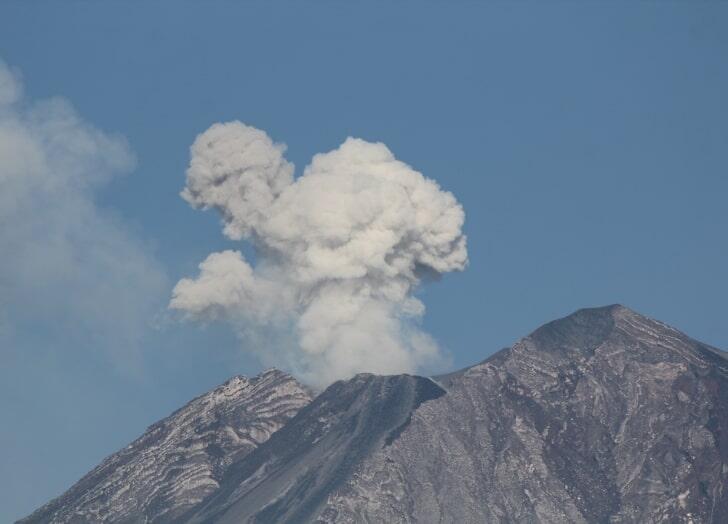
Volcanic eruptions
-
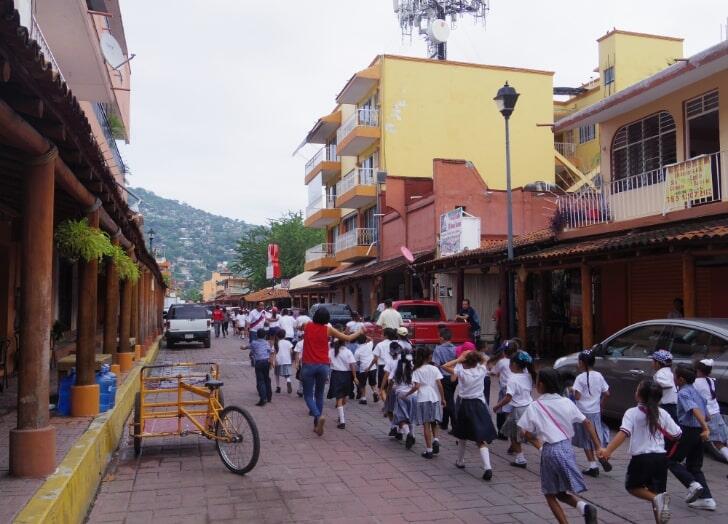
Children taking part in a tsunami evacuation drill.
-
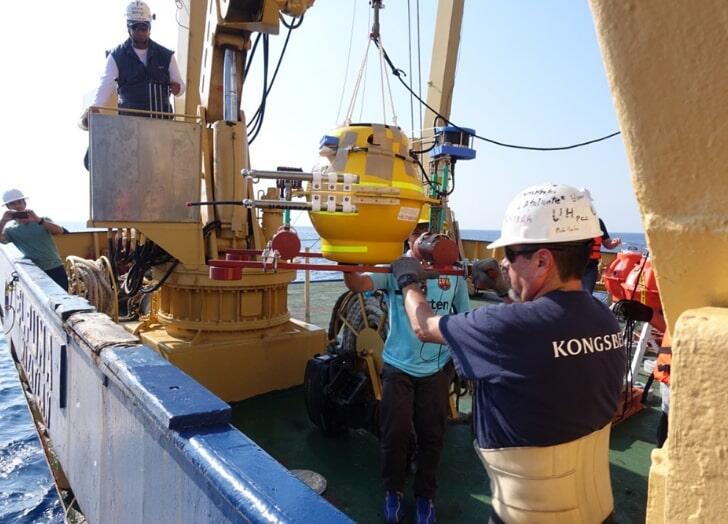
Installation of a ocean bottom observation equipment
-
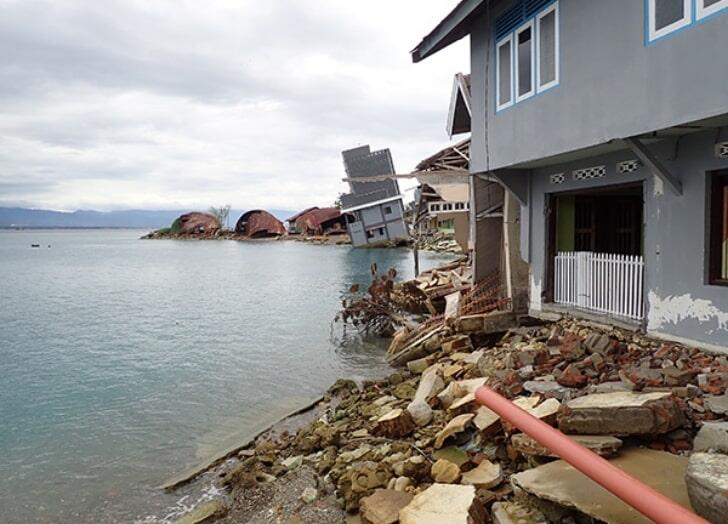
Damage from the Sulawesi earthquake and tsunami in 2018
Examples of eligible research projects
- Research on clarifying the mechanisms and prediction of disasters associated with natural phenomena such as earthquakes, tsunami, volcanic eruptions, storms, storm surges, inundation, drought, heat waves, and landslides, together with prevention and mitigation measures to prevent such disaster risks and damage from becoming more large-scale, as well as measures for restoration and reconstruction, and research on effectiveness of investment in disaster risk reduction
- Research on understanding the relationships between climate change and large-scale natural disasters and measures for adapting to damage thought to be caused by climate change
- Research on identifying the mechanisms whereby large-scale natural disasters that are exacerbated by urbanization (such as urban flooding caused by localized heavy rainfall, sea level rise, or ground subsidence; earthquake damage and associated fire damage in regions with vulnerable buildings and urban fabrics; and damage to lifelines, transport networks, and other social infrastructure) become widespread, and on damage mitigation strategies.
- Research contributing to the prevention and mitigation of regional and urban disasters through the prompt collection and effective utilization of disaster information (including the development of technologies to utilize disaster observation satellites, remote sensing, UAV, GIS, GNSS, ICT, IoT, Big Data, AI, and other digital technologies)
- Research on building national resilience to create and maintain disaster-resistant, resilient communities, land use planning and urban design, and improvements to social infrastructure and its sustainable operation
- Research for the prevention of, mitigation of, and recovery from disasters that combines approaches across the natural sciences, humanities, and social sciences to help establish precise and practical disaster forecasting and enable effective recovery
- Research on disaster countermeasures prompted by the occurrence of pandemic and improving overall social resilience
4. Infectious Diseases Control
Research Area ⑤
Research on measures to address infectious diseases control attuned to the needs of developing countries
※ SATREPS projects in the field of Infectious Diseases Control have been transferred to AMED - the Japan Agency for Medical Research and Development. (The transfer took place on April 1, 2015. Projects that terminated before that date were not transferred.)
People and goods now cross national borders so frequently that the threats of HIV/AIDS, Ebola hemorrhagic fever, malaria, dengue fever, tuberculosis, highly pathogenic avian influenza, AMR infections, acute respiratory infection, infectious diarrhea, and other emerging and reemerging infectious diseases are not confined to developing countries. Japan is keen to boost international cooperation regarding infectious diseases that have the potential to enter Japan, in order to accumulate knowledge in advance of any actual outbreak.
Examples of eligible research projects
- Zoonosis such as highly pathogenic avian influenza, rabies and others
- Epidemiology, diagnostics, prevention and treatment for the emerging and re-emerging infectious diseases including HIV/AIDS, Ebola hemorrhagic fever, protozoa and parasites like malaria, dengue fever, tuberculosis, AMR infections, acute respiratory infection, infectious diarrhea and other infectious diseases
※ Proposals for drug discovery and development which focus only on the screening of materials are not eligible.
※ The following research proposals are not eligible: those only involving technology transfer or knowledge provision from Japan but not involved in joint research; those only conducting surveys that will not contribute to the advancement of science and technology.
※ Joint research involving clinical trials etc.,[1] conducted in the partner country, are not eligible for adoption under the SATREPS program.
※ With regard to joint research including medical procedures performed by Japanese nationals in partner countries, you are requested to consult with JICA before submitting your application. The submitted proposal without consultation beforehand may not be accepted to bring the part of research activity related to the medical procedures after the adoption.
[1] Clinical trials etc. include not only company-sponsored or investigator-initiated trials but also clinical research etc. conducted by researchers using unapproved drugs etc.
About SATREPS
- About SATREPS
- Research Fields and Areas
- Program Director (PD) and Research Supervisors
- About SDGs
- Public Relations
Contact Us
Japan Science and Technology Agency (JST)
Department of International Affairs
SATREPS Group
TEL : +81-3-5214-8085













